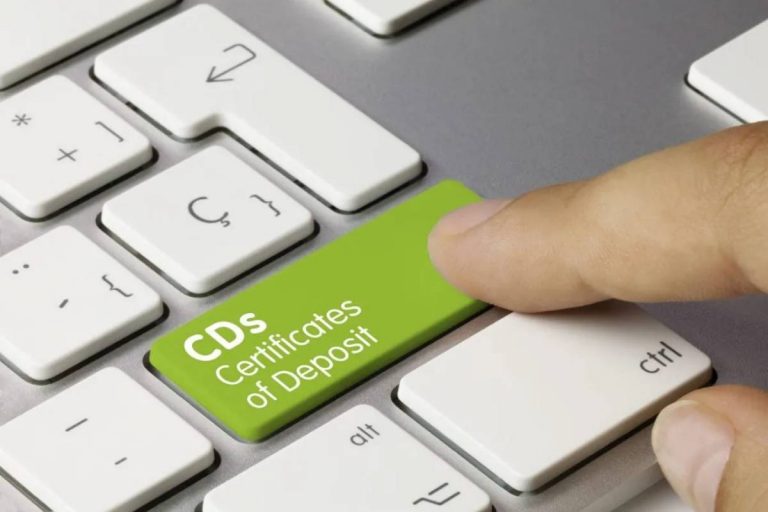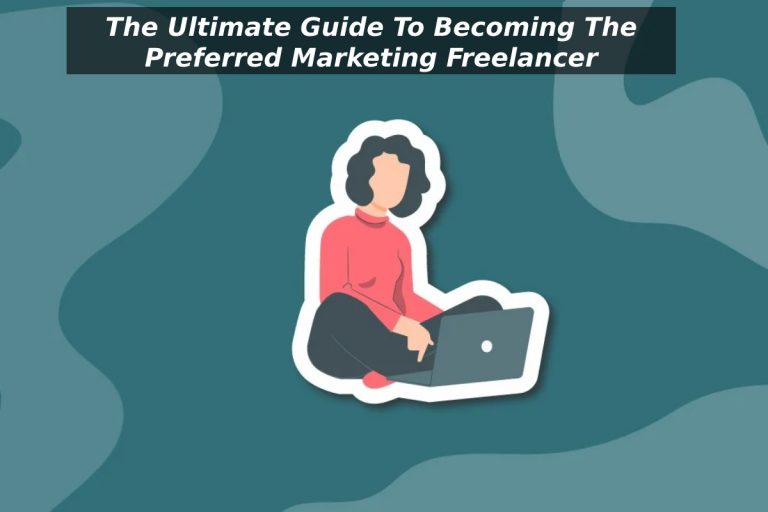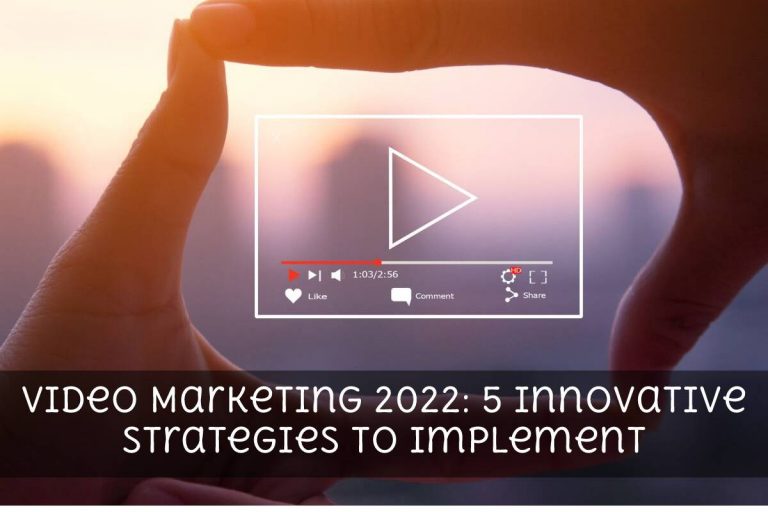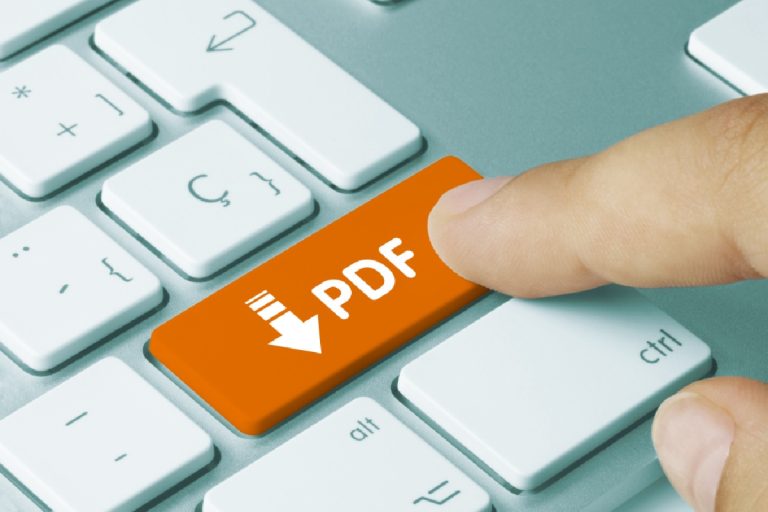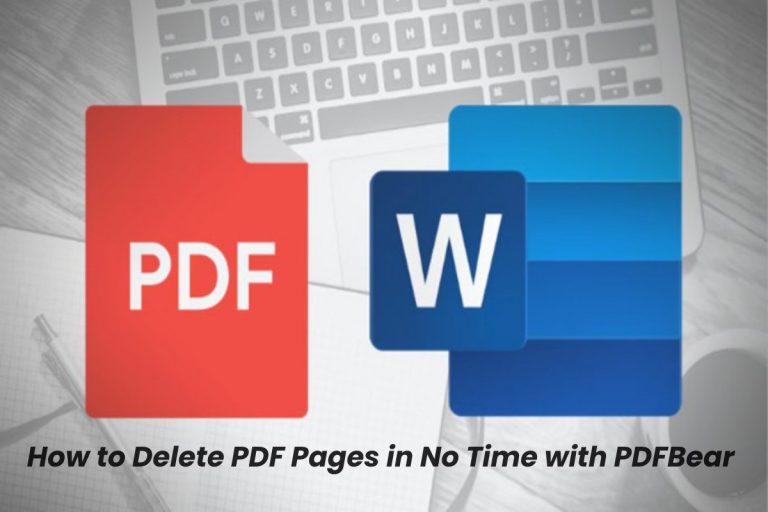If you aren’t already convinced that video marketing is a significant part of any successful content strategy, we are here to set the record straight.
Video marketing is gaining popularity due to its influence on the overall effectiveness of marketing strategies. Several brands are leveraging video content and consider it a vital part of their marketing strategy.
Simply put, businesses effectively respond to clear customer demand when they create appealing video content. And if you aren’t partaking in this trend, you might get left behind in the fame game.
Research has also found that 84% of customers make purchases after watching videos and are 2x more likely to share those videos than other online content types. So, video isn’t going anywhere anytime soon.
Ready to give your video marketing strategy a boost?
Here are some robust video marketing strategies for 2022 to help you elevate your brand successfully.
Leverage Live Videos

All the robust social media channels at the moment have embraced the live stream video feature.
Live videos can be a viable way to reach your intended audience via an original medium, whether on Instagram, Facebook, LinkedIn, YouTube, or other digital media platforms. When you go live from your business page, customers feel like they get a genuine glimpse into who you are and what your brand offers.
Also, you can leverage social media post maker like one offered by Poster My Wall to generate compelling and enticing content for your digital platforms. The tool allows you to make posters with beautiful designs, making your marketing effortless.
With Poster My Wall’s unique social media videos, flyers, and posters, can help you get the word out about live debuts.
While there are multiple avenues to choose from, it’s good to focus on the platform where you get the most activity and engagement.
Add Videos To Your Website
A brand’s website is a crucial marketing tool. About 70% of customers consider making a purchase from a popular brand. But how did they make this decision? Today, customers self-educate with the online materials and resources available at a brand’s site.
And many of them prefer video content, written content, or product reviews found online.
For this reason, your website can be a great promotional channel and virtual brochure for your visitors.
So, add valuable video content to your website. That way, you will allow your site visitors to get familiar with your brand and its products and services. Also, they can self-select their preferred media type that they would like to use to learn more about your services or products.
Tell Visually-Appealing Stories
Viewers get more involved and engaged with the story-based video content. Offering your audience a story linked from one informational video to another can help you keep the visitors engaged with your brand while coming back for more.
When you leverage this form of video content, it’s an effective way to demonstrate your brand and what it is all about without making your campaigns/outreach too salesy and promotional.
Being able to market your offerings to your customers without appearing like an intrusive advertisement is a great help.
This method is gaining popularity among brands to reach their intended audience. Users appreciate engaging with the brand and its resources that don’t compel them to watch endless hard-sell video content pushing them to purchase. And in 2022, you will want to explore and leverage this video style for your marketing plans.
Don’t Fear Long-Format Videos
In a world that’s obsessed with Tik-Tok, who will watch your long-form videos?
Well, it turns out that people still flock to YouTube and Facebook for engaging content that can be 15 minutes to half-an-hour long, or maybe even longer if you know what you’re doing.
Your consumers can get familiar with your brand instead of just interacting with you momentarily to make a purchase. Longer videos also allow you to inform consumers, demonstrate your brand, and help you share benefits and ideas with them.
Use a video creator online to generate engaging and appealing content. Investing in this video content form can be worthwhile when you see the returns from this strategy.
Long format videos generate interaction and engagement readily and eventually deliver significant results for your brand.
Optimize Your Video Content For Search

SEO isn’t a new concept. But what about the search-optimized video content? Videos are 53x more likely to create higher first-page rankings as compared to other conventional SEO techniques. Brightedge found that Google now puts the video snippets close to 26% of search engine results, and users click them more likely.
First, make sure that your videos have a clear purpose and goal. Ensure that all your videos are relevant to customers by addressing their concerns, educating them on essential brand-related topics, and generating enticing video content to watch.
Next, make sure you keep your brand marketing efforts consistent. Like conventional SEO content, uniformity is key to increasing your rankings. Generate video content recurrently and publish it to your site, where it will help you boost traffic.
Finally, remember the critical technical optimization steps such as keywords in descriptions, title tags, choosing suitable thumbnail images, and replying to comments to boost engagement.
Wrapping Up
Videos are a pivotal element of a powerful marketing strategy and well into the future. Therefore, you need a strong, compelling, comprehensive video marketing strategy and engaging content to ensure the desired results.
So, take the time to formulate strategies and generate quality video content related to your brand and its offerings. This will help you drive authentic engagement and interaction. And you will see significant results from leveraging this marketing tool.
Also Read: How To Easily Create And Invoice Your Clients- Few Steps



